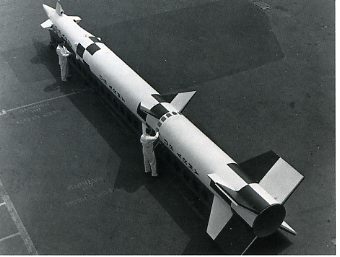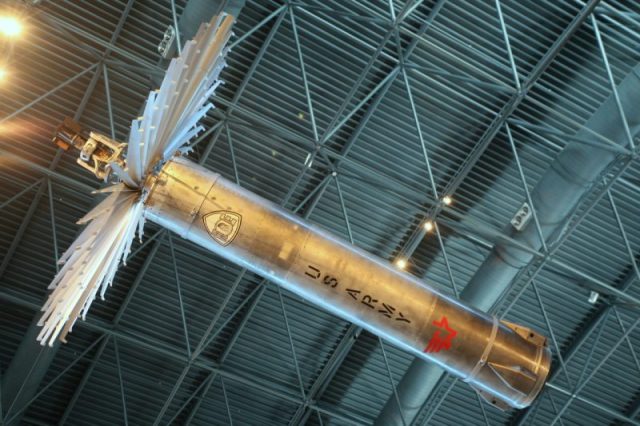There have been events in the past were sensationalized and/or dismissed as false conspiracies that still seem as if there may well be more behind them than meets the eye.
One of these is the fact that between 1982 and 1988, well over 20 scientists who worked for the British company GEC-Marconi all died after having worked on Ronald Reagan’s Strategic Defense Initiative program.
The SDI program, also known as “Star Wars,” was first proposed in 1983 by President Ronald Reagan. It was meant to develop a space-based anti-missile system. The U.S. and the Soviets were deep in the Cold War, and Reagan felt that the SDI would provide protection against a Soviet missile attack by intercepting missiles while they were still in the air, according to Atomic Archive.

In order to be successful, though, the program needed a number of advanced technologies that had yet to be researched or developed. Work on the program went on for several years, but was ultimately terminated by later administrations when the necessary technology proved to be too complicated to develop.
GEC-Marconi was a British defense company that was involved in the SDI project. Altered Dimensions chronicles the deaths of 20 scientists employed by Marconi for the SDI, all of whom died either shortly after making important discoveries or were about to leave the company for other jobs.

A few of the deaths occurred between 1982 and 1985, but the vast majority occurred in a clump between August of 1986 and October 1988.
Of those deaths detailed, only one was of apparently natural causes. Frank Jennings, a 60-year-old engineer for electronic weapons, was said to have died of a heart attack in June, 1987. Victor Moore died of a drug overdose, and his death was ruled a suicide.

Of the other many deaths that transpired during that two-year window, if a cause of death was determined, the determination was either suicide or accident. Weirdly, there is also a great deal of similarity between the ways in which a number of the deaths occurred.
One drove his car off a bridge, another fell from his hotel window. Five of the scientists died of carbon monoxide poisoning in their cars or their garages. On two occasions, deaths were ruled to be accidental suffocation during “sex experiments.”

Two of the deaths were just inexplicably bizarre. In October, 1986, Ashad Sharif allegedly drove to a public park, tied a nylon rope around both his neck and a large tree, and then drove away quickly, decapitating himself.
In April of the following year, Shani Warren was found drowned in 18 inches of water. She was gagged, hands bound behind her back and her feet tied, with a noose around her neck.
It was suggested that she had somehow done all of that herself, then hobbled in her four-inch stiletto heels to the lake to drown herself, causing the coroner to declare the death not a homicide but instead leave the verdict open.

As a twist on this last event, the lake where Warren was found was only a short distance from where another of the scientists had fallen off a railway bridge and subsequently died, on the same day.
Was it all part of some governmental plot? It’s impossible for us to know, but it’s very difficult to believe it’s a coincidence that so many deaths occurred, so close together, of people who were all on the same project.

Furthermore, many of these incidents happened under odd or mysterious circumstances, sometimes very closely related in geographical location or in time. With so many “suicides,” you might expect to see more that were done in more commonplace ways.
It’s not too hard to believe that there may have been a couple of such incidents, but taken as a whole, it’s much more difficult to think they are all unrelated.
Read another story from us: Incredible Historical Coincidences – Too Strange to be True?
Whether these scientists were murdered by actors for the defense industry or a government, or whether perhaps they knew things they felt they just couldn’t live with, remains a mystery.
